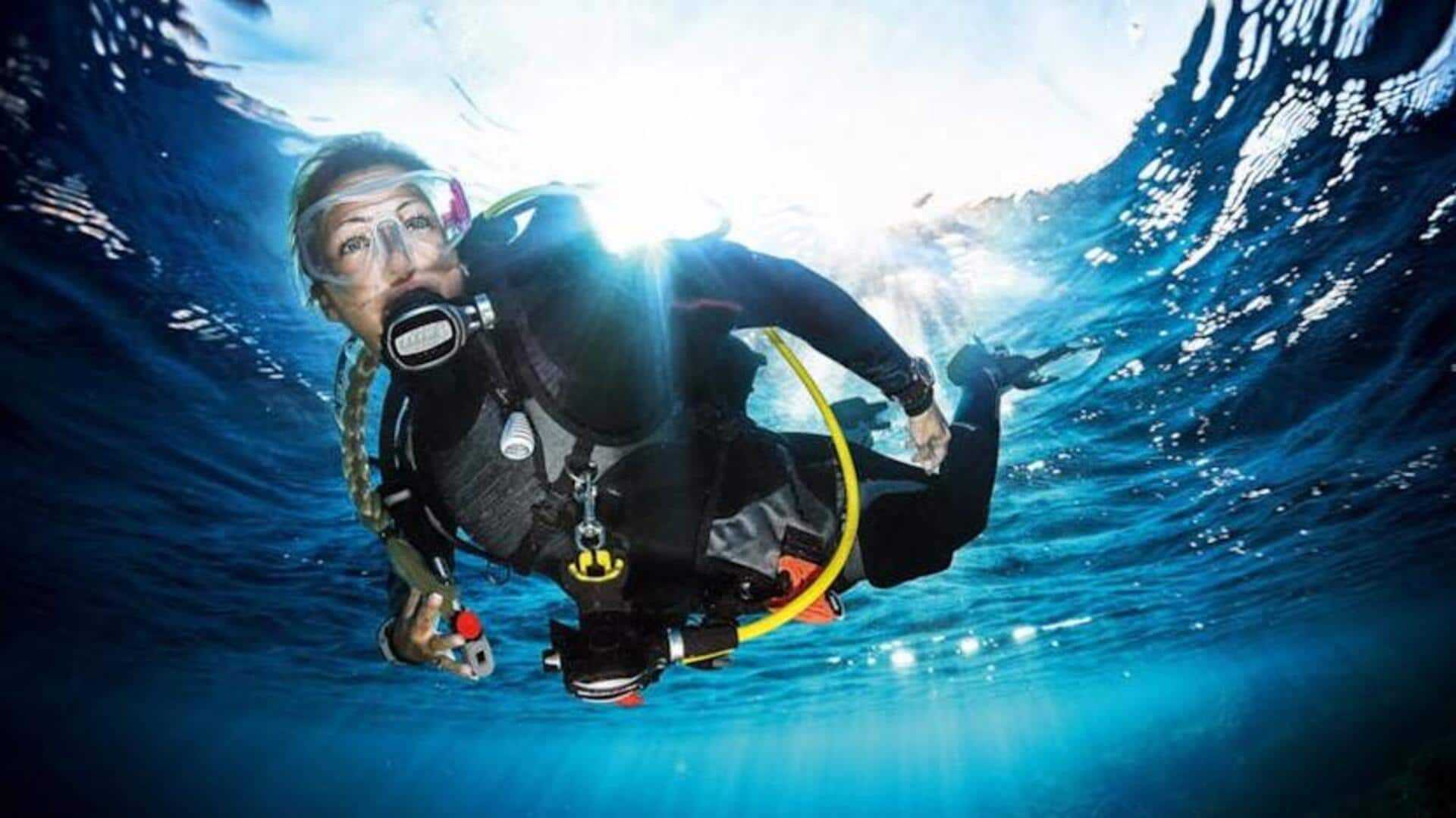
Seagrass snorkeling: Underwater meadows exploration
What's the story
Snorkeling over seagrass lets you explore the underwater nurseries where many of your favorite sea creatures grow up. This might not be the most glamorous snorkeling spot, but it's one of the most important places in the whole ocean. Read on for tips on how to enjoy and respect these special habitats.
Location
Choosing the right location
If you're planning a seagrass snorkeling trip, choosing a destination with clear waters and healthy seagrass meadows is key. Places like the Florida Keys, the Mediterranean Sea, and Southeast Asia are home to some of the world's most beautiful seagrass beds. Looking up marine conservation areas can also lead you to some pretty well-preserved spots.
Preparation
Preparing for your adventure
Adequate preparation is crucial for a positive seagrass snorkeling experience. This involves selecting appropriate snorkeling equipment that fits comfortably and can be worn for long periods in the water. Furthermore, learning basic snorkeling skills and understanding safety protocols will not only maximize your enjoyment but also ensure you preserve the delicate underwater ecosystem.
Ecosystems
Understanding seagrass ecosystems
Before you plunge into exploring these underwater meadows, understanding the importance of seagrass ecosystems will deepen your appreciation. Seagrasses are crucial for carbon storage (fighting climate change), enhancing water quality, and serving as a habitat and food source for numerous marine species. Knowing their ecological value will make your dive all the more special.
Respect
Respecting marine life
When snorkeling in seagrass meadows, it's important to be a careful observer to avoid damaging this fragile ecosystem. Refrain from touching or standing on the seagrasses as they are sensitive and easily harmed. Keep a respectful distance from marine life to avoid causing stress or harm to animals residing within these habitats. Quieter observation often results in witnessing more natural behaviors.
Tips
Tips for responsible snorkeling
If we want our kids and grandkids to experience the magic of snorkeling, too, we need to be responsible snorkelers. That means not littering, using reef-safe sunscreen, and supporting local conservation efforts. One of the best ways to help is by choosing guided tours with eco-friendly operators. They know how to protect the reefs and marine life, so you can enjoy your snorkeling adventure without worrying about harming the environment.